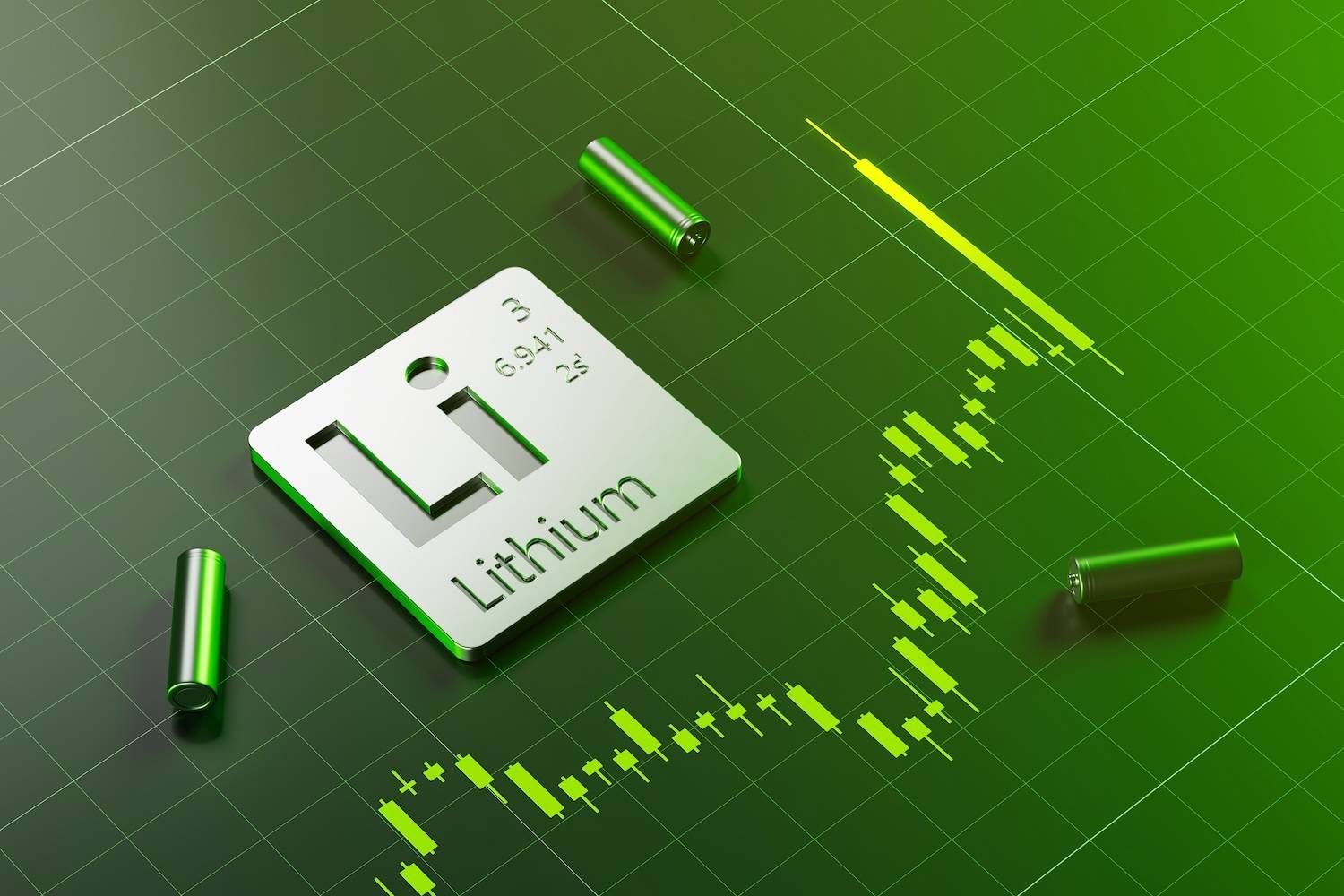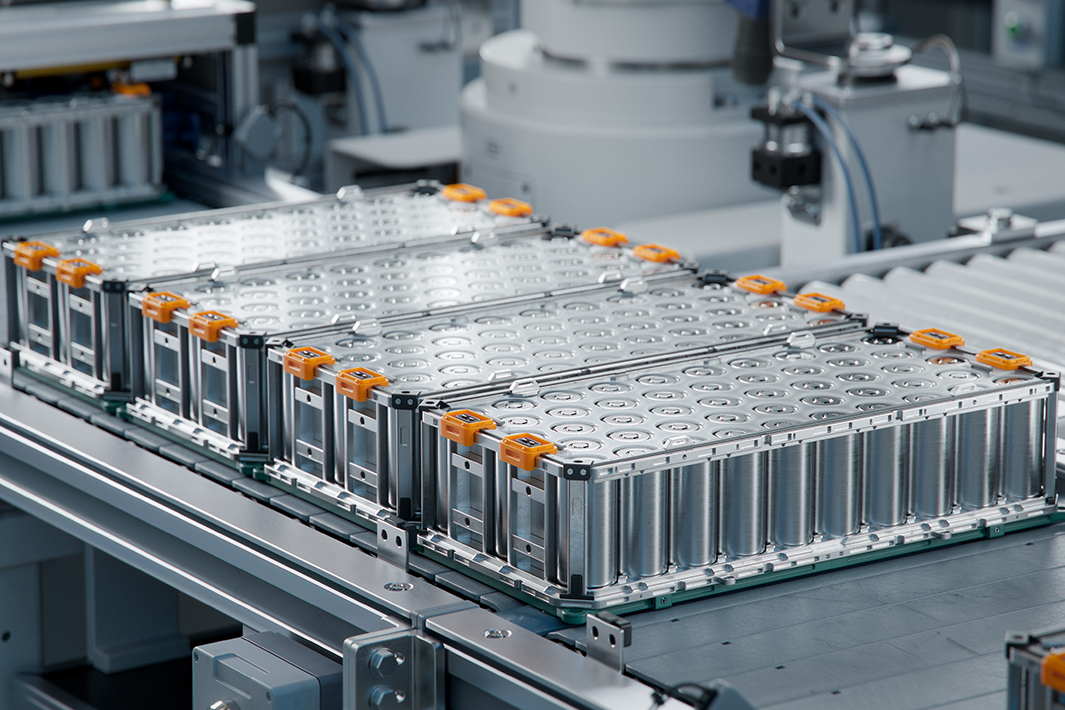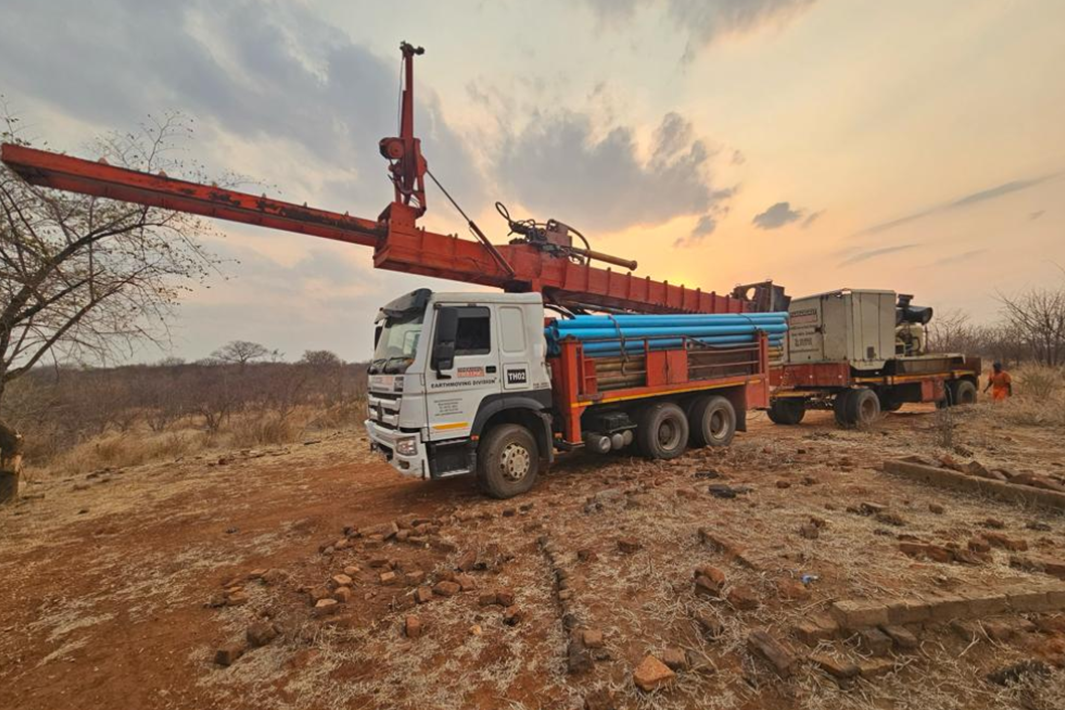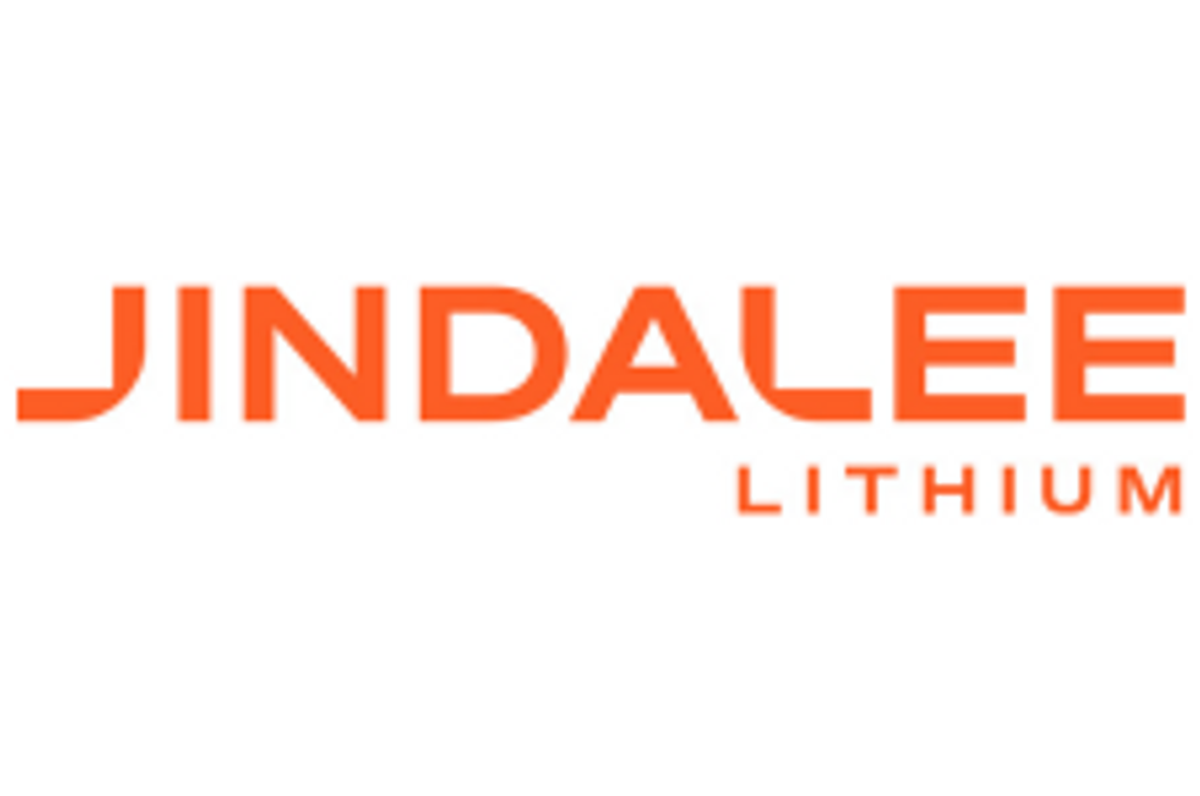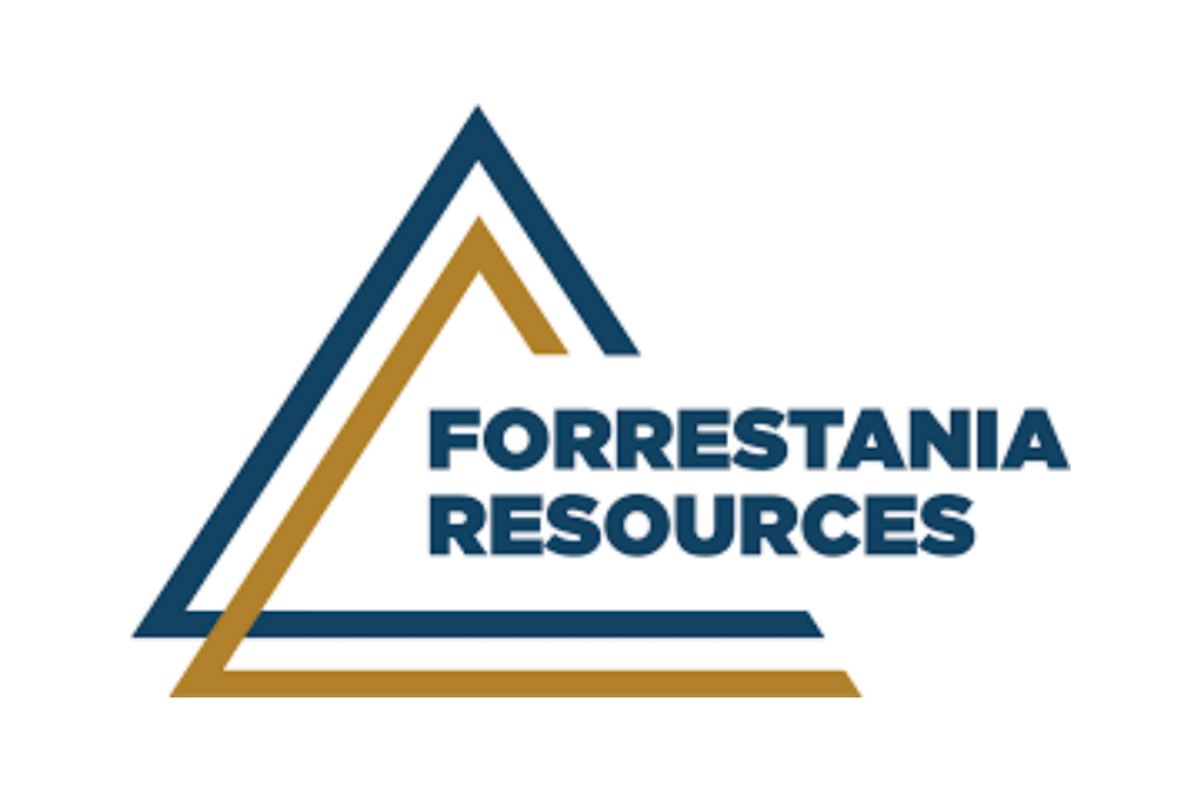
June 07, 2023
Forrestania Resources Limited (ASX:FRS) (Forrestania or the Company), is pleased to provide an update on activities at its Eastern Goldfields project area located north of Coolgardie and north of Kalgoorlie, around the gold mining districts of Leonora, Coolgardie and Menzies (see figure 1). The Eastern Goldfields project area comprises eighteen tenements (eight ELs and ten EL applications) that are strategically located over areas that the Company believes are highly prospective for multi-commodities, particularly lithium, gold, REE and copper.
Highlights:
- Fieldwork underway on highly prospective Eastern Goldfields tenements, following recently announced agreement with Outback Minerals Pty Ltd1.
- Multiple outcropping pegmatites, up to ~100m in strike length, mapped at the Breakaway Dam / Alexandra Bore project area (E29/1037), contiguous to Forrestania’s existing tenement position. The recently acquired tenements have never previously been explored for lithium.
- Outcropping pegmatites also mapped at the Bonnie Vale project area (E15/1632), near Coolgardie.
- Mapping and sampling will continue to assist in defining targets for a maiden drilling programme.
Forrestania Resources’ Managing Director Michael Anderson commented:
“The rationale for entering into the option agreement with Outback Minerals already appears to be justified. The confirmed presence of multiple pegmatite outcrops, some up to ~100m in strike length, provides us with additional confidence in the discovery potential on these tenements. We are prioritising our activities to prepare for a maiden drilling programme, as soon as possible.”
Discussion:
The Company has recently completed a mapping and reconnaissance field trip to the newly acquired Eastern Goldfields tenements. The focus of the trip was to further enhance the Company’s geological understanding of the project areas, as well as to further assess the potential for lithium mineralisation.
The newly acquired tenements (Alexandra Bore / Breakaway Dam project (E29/1037 and E29/1036) have never previously been explored for their lithium potential, with previous historic exploration instead focussed on copper, gold and nickel, despite the known presence of pegmatites.
The Bonnie Vale project area (E15/1534 and E15/1632) has also never been explored for its lithium potential, with previous explorers focussing on the tenement’s gold prospectivity.
Mapping and field work is on-going, but the company is pleased to announce that additional pegmatites have been mapped at both project areas, specifically on E29/1037 and E15/1632.
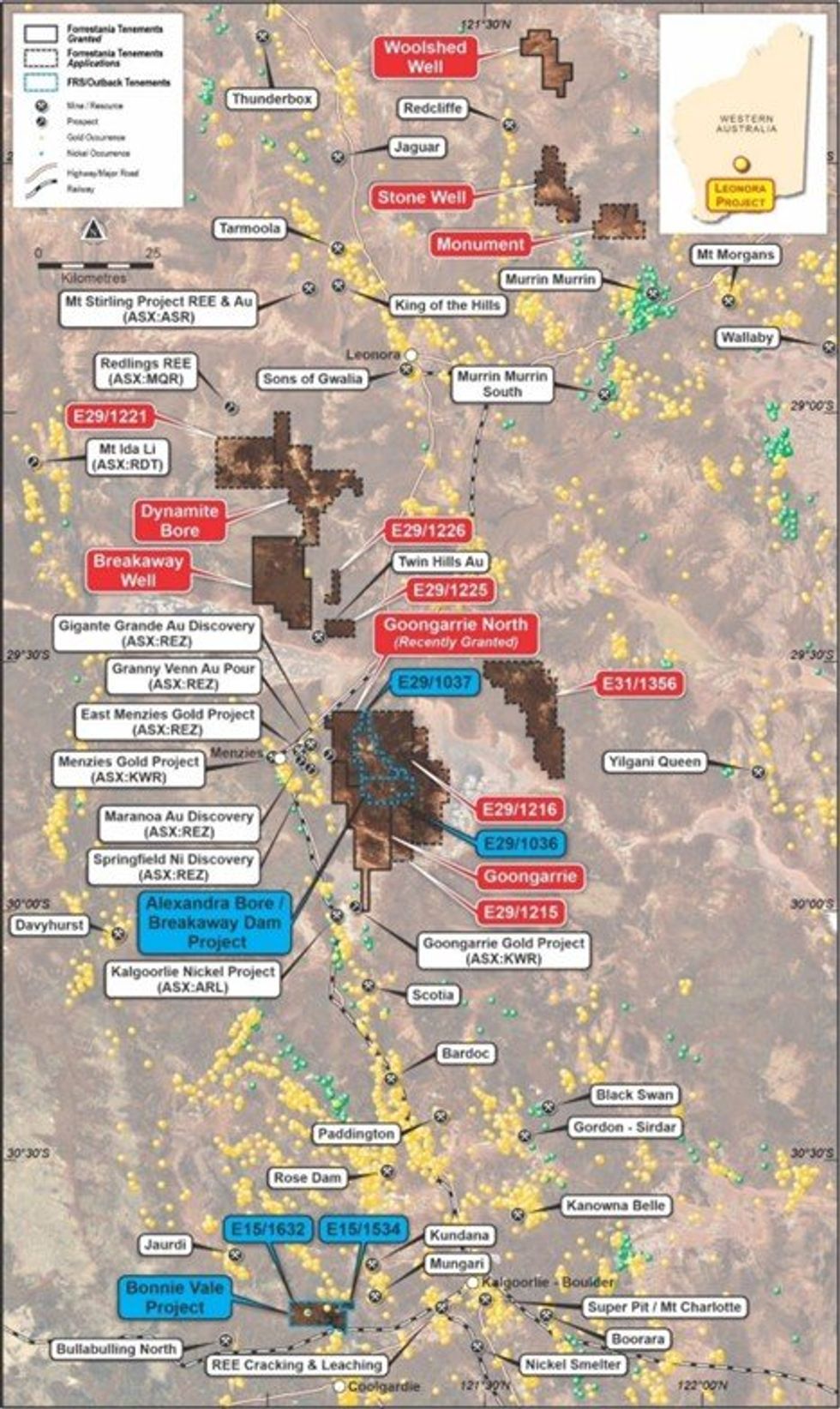
Alexandra Bore / Breakaway Dam Project (E29/1037 and E29/1036) and Balarky Prospect (E29/1158)
The Company recently completed a mapping and reconnaissance field trip to the newly acquired Alexandra Bore / Breakaway Dam project area (see Figure 2).
Pegmatites have previously been mapped by the company at the Alexandra Bore / Breakaway Dam project areas1 and ongoing field reconnaissance is currently underway.
Significantly, additional pegmatite outcrops have recently been mapped at surface by Company geologists, with outcropping pegmatites ranging from ~43m and up to ~100m in strike length (see Figures 3, 4, 5 and 6). These pegmatites were located approximately 300m apart and have never previously been tested for lithium or LCT pathfinder minerals. Indeed, the Alexandra Bore / Breakaway Dam project area has only previously been explored for copper and gold1 and the potential for lithium mineralisation has yet to be fully evaluated. Importantly, these outcrops are all located within the mapped greenstone or close to greenstone/granite contacts (as interpreted by GSWA).
Click here for the full ASX Release
This article includes content from Forrestania Resources, licensed for the purpose of publishing on Investing News Australia. This article does not constitute financial product advice. It is your responsibility to perform proper due diligence before acting upon any information provided here. Please refer to our full disclaimer here.
The Conversation (0)
12h
Lithium Market 2025 Year-End Review
The global lithium market endured a bruising 2025, with persistent oversupply and softer-than-expected electric vehicle (EV) demand driving prices for the battery metal to multi-year lows.Lithium carbonate prices in North Asia slipped below US$9,550 per metric ton in February — their weakest... Keep Reading...
11 December
Mining the Gap: 5 Forces Shaping North America’s Lithium Supply Chain
A convergence of industry investments, government initiatives and a shifting global trade dynamic is creating an environment ripe for the development of a North American battery supply chain, with lithium playing a leading role. These trends are reshaping the region’s industrial base and opening... Keep Reading...
10 December
Rock Bottom: Strategic Window for Ground-level Lithium Investment
When lithium prices hit bottom, savvy investors know that’s exactly where the next big discovery begins — literally. Beneath the surface of global markets and remote exploration grounds, new opportunities are forming in the wake of a sharp price reset and renewed geopolitical urgency.Recent... Keep Reading...
10 December
Liontown Resources Pens Lithium Offtake Agreement with China's Canmax
Liontown Resources (ASX:LTR,OTC Pink:LINRF) has executed a binding offtake agreement with Chinese conglomerate Canmax Technologies (SZSE:300390) as part of its strategy to diversify its customer base.“Listed on the Shenzhen Stock Exchange, Canmax is one of the world’s leading manufacturers of... Keep Reading...
08 December
Trading Halt
Jindalee Lithium (JLL:AU) has announced Trading HaltDownload the PDF here. Keep Reading...
05 December
Livium Receives A$663k in RsD Tax Incentive Rebates for VSPC
Livium Ltd (ASX: LIT) (“Livium” or the “Company”) advises that it has received A$663,000 in research and development ("R&D") tax incentive rebates from the Australian Tax Office for the 2025 financial year ("FY25"), relating to its wholly owned subsidiary VSPC Pty Limited ("VSPC"). The rebate... Keep Reading...
Latest News
Interactive Chart
Latest Press Releases
Related News
TOP STOCKS
American Battery4.030.24
Aion Therapeutic0.10-0.01
Cybin Corp2.140.00
